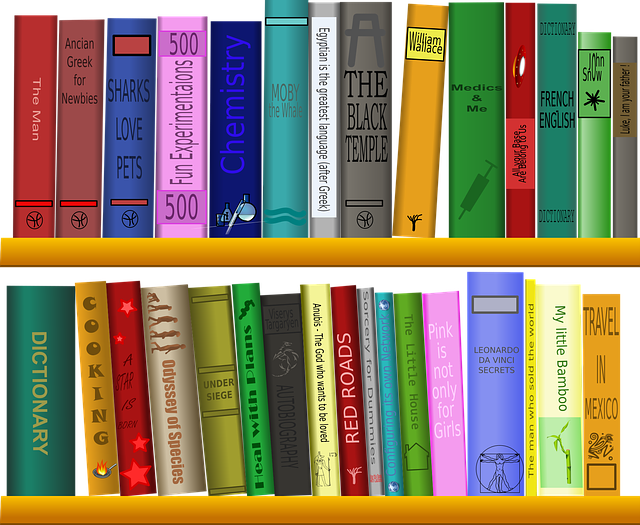
Read Theory

Overview
Read Theory is an online tool that offers reading activities for all levels. It will adapt to the student’s individual lexile level. It provides a plethora of articles with skill building exercises. It provides data on each student.
Students will increase their reading comprehension levels. Students may be started on lower grade level reading activities and once they pass these, they will be able to move on to more difficult passages.
Demoing the site to students will take less than 20 minutes, but this is a site that students will use as needed throughout the year to improve their reading skills.
Note: There are ads on the site to help support and maintain the site.
Learning Objectives
Students will:
- Understand that they will begin with a reading assessment.
- Be able to read articles at their lexile level.
- Be able to complete comprehension and written responses.
Vocabulary
Vocabulary Words:
- Lexile Level: A Lexile level is a measure of the student’s reading ability.
Pre-planning
To prepare for this lesson:
-
The teacher logs into Read Theory and create an account.
-
The teacher creates a class.
-
The teacher creates an account for each student.
-
Have the students log in to Read Theory and they will be added to the class.
-
Watch the Read Theory (2023) tutorial video.
-
Watch the Getting Started With ReadTheory: What will my students see? tutorial video.
-
Students under the age of 13 will need parental permission to use this site.
Accommodations
See the Accommodations Page and Charts on the 21things4students website in the Teacher Resources.
Steps
Directions for this activity:
-
Students log into Read Theory and take the pre-assessment.
-
Once the assessment is complete they begin to read passages and take the short assessment.
-
Students will increase their comprehension skills and can start at the level the test puts them at and move on to more difficult passages as they increase their reading and comprehension levels.
-
Show the tutorial videos to the students if applicable.
- Watch the Read Theory tutorial video.
- Watch the Getting Started With Read Theory; What Will My Students See? tutorial video.
Assessment Options
Different options for assessing the students:
- Observations
- Check for understanding
- Read Theory provides the assessments and also sorts data into the following areas:
- Knowledge Points: This is mainly for student motivation.
- Quizzes Taken: Shows the number of quizzes each student has taken.
- Grade Level: Provides the average grade level of articles read and assessed.
- Lexile Level: Provides the average Lexile Level from the articles assessed.
MITECS COMPETENCIES & ISTE STANDARDS
MITECS: Michigan adopted the "ISTE Standards for Students" called MITECS (Michigan Integrated Technology Competencies for Students) in 2018.
Empowered Learner
1a. Students articulate and set personal learning goals, develop strategies leveraging technology to achieve them and reflect on the learning process itself to improve learning outcomes.
1b. Students build networks and customize their learning environments in ways that support the learning process.
1c. Students use technology to seek feedback that informs and improves their practice and to demonstrate their learning in a variety of ways.
1d. Students understand the fundamental concepts of technology operations, demonstrate the ability to choose, use and troubleshoot current technologies and are able to transfer their knowledge to explore emerging technologies.
Devices and Resources
Device: PC, Chromebook, Mac, iPad
Browser: Chrome, Safari, Firefox, Edge, ALL
App:
Amazon for Android app available.
Websites:
Getting Started With Read Theory: What Will My Students See?
Read Theory Video Tutorial (2023)
CONTENT AREA RESOURCES
ELA
Articles that are provided assess reading comprehension and writing.
Credits
This task card was created by Julie Hoehing, Lake Shore Public Schools, April 2018. Updated October 2023.


